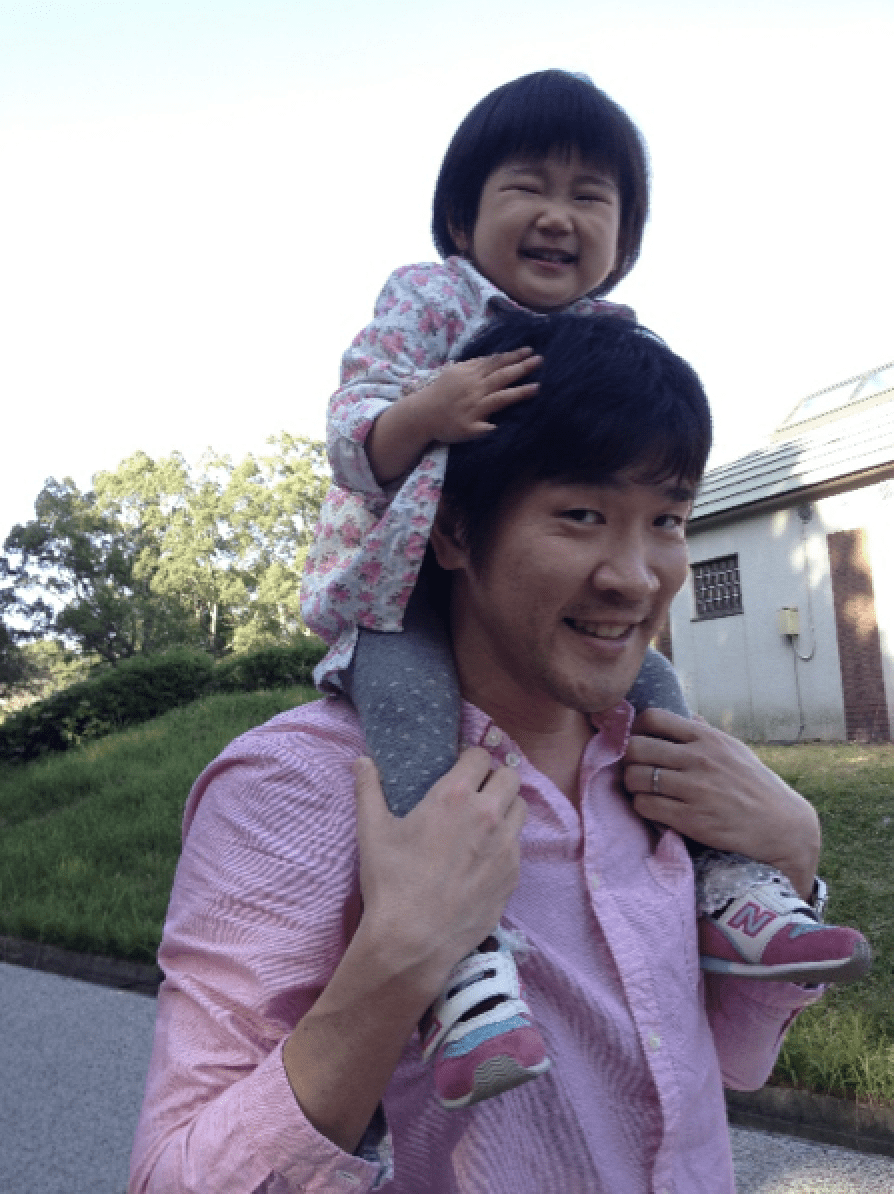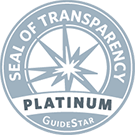My name is Dr. Tohru Hosoyama, Ph.D., and I am the section chief of the Department of Regenerative Medicine at National Center for Geriatrics and Gerontology in Japan. When I was a post-doc trainee in the United States, Dr. Keller guided me to become an experienced scientist with his patience. Because of his amazing training, I was able to start my career as a Principle Investigator in my home country. Currently, our lab focus on the study of the aging mechanism(s) of skeletal muscle using mouse genetics, which I learned at Dr. Keller’s lab, and induced pluripotent stem cell technologies.
At the Keller lab, I tried to identify novel therapeutic target(s) for Alveolar Rhabdomyosarcoma (aRMS), which is a most common malignant childhood cancer, using genetically-engineered aRMS mouse model. This mouse model is convenient to explore therapeutic targets because of its similarity to human aRMS pathologies and genetics and is recognized as one of the best mouse models for human aRMS worldwide. Many cancers including RMS show “diversity”. This “cancer diversity” causes responder and non-responder for the therapy, helping us select appropriate therapeutics for each patient. That means that personalized medicine is needed for aRMS as with other types of cancers. Because Dr. Keller’s mouse model and its derivative cell lines show various tumor phenotypes like human patients, these aRMS models are strong tools to identify varied therapeutic targets for any aRMS patients. I am sure that Dr. Keller and his team will be successful in developing “precision medicine in aRMS,” and they will be the first team to completely repress this most common childhood cancer.


